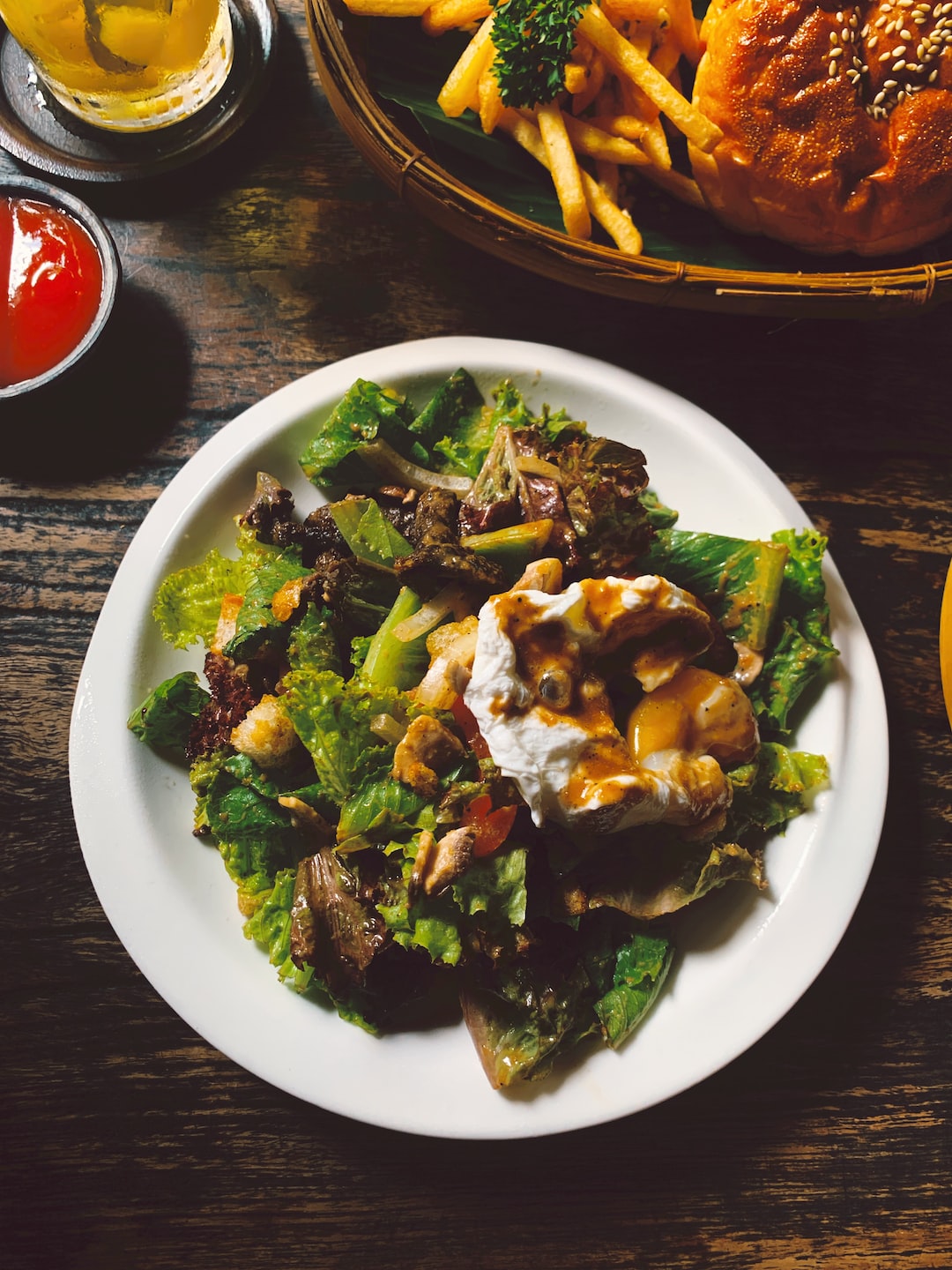A Beginner’s Guide to Wine Pairings
Are you a wine lover, yet feel overwhelmed when it comes to pairing wine with your meals? Fear not! We have put together a beginner’s guide to wine pairings to help you navigate through the vast and diverse world of wine, making your dining experiences even more delightful. So, grab yourself a glass of your favorite wine and let’s dive in!
Understanding the Basics
Before we jump into the nitty-gritty of wine pairings, it is crucial to understand the basic characteristics of wine. Wine can be broadly categorized into four major types: red, white, sparkling, and rosé. Each type has its unique flavor profile and acidity level, which can greatly influence the pairing.
Red wines are known for their bold flavors, high tannins, and robust body. Common red wine varieties include Cabernet Sauvignon, Merlot, and Pinot Noir. These wines generally pair well with red meat, heavier sauces, and rich, flavorful dishes.
On the other hand, white wines tend to be lighter and more acidic. Varieties such as Chardonnay, Sauvignon Blanc, and Riesling offer a range of flavors from crisp and citrusy to smooth and oaky. White wines are often paired with seafood, poultry, or lighter dishes, as they complement the flavors without overpowering them.
Sparkling wines, like Champagne and Prosecco, are characterized by their effervescence and refreshing taste. They are a fantastic choice for celebratory toasts or when you want to add a touch of elegance to your meal. The acidity and bubbles in sparkling wines make them versatile enough to pair with a wide range of dishes.
Lastly, rosé wines strike a balance between the characteristics of red and white wines. With their vibrant pink color, they offer a slightly sweeter and fruitier flavor. Rosé pairs well with light, summery dishes, salads, and mild cheeses.
The Classic Pairings
Now that we have a basic understanding of wine types, let’s explore some classic wine pairings that have stood the test of time. These pairings have been celebrated for their harmony and balance, providing a truly exquisite dining experience.
Red wine lovers often rely on the classic pairing of Cabernet Sauvignon with red meat, especially steak. The rich flavors of the wine complement the juicy, protein-packed meat, enhancing the overall taste. The tannins in red wine help cut through the fattiness of the meat, creating a palate-pleasing experience.
For those who prefer white wine, Sauvignon Blanc is a versatile option that pairs well with a variety of dishes. Its vibrant acidity and herbaceous flavors make it an excellent choice for seafood, salads, and lighter vegetarian meals. It can also be enjoyed with goat cheese or asparagus due to its green and grassy notes.
If you’re in the mood for something bubbly, Champagne is a classic choice, especially when paired with oysters or caviar. The acidity and effervescence of Champagne help cleanse the palate and highlight the briny flavors of shellfish and the delicate essence of caviar.
For a refreshing and slightly sweeter option, rosé wines are often paired with grilled salmon or light pasta dishes. The fruity notes of rosé complement the richness of the fish or pasta without overpowering the dish.
Exploring New Pairings
While classic pairings are always a great starting point, don’t be afraid to explore new combinations and experiment with different flavors. Wine tasting is an adventure that allows you to discover exciting pairings that suit your personal taste.
When venturing into unfamiliar territory, a general rule of thumb is to match the intensity of the wine with the intensity of the dish. For example, a bold Malbec pairs well with a hearty beef stew, while a crisp Chardonnay brings out the flavors of grilled shrimp.
Another approach is to consider regional pairings. Wines from a certain region often complement the local cuisine due to shared characteristics and cultural traditions. For instance, Italian Chianti is a popular choice to accompany tomato-based pasta dishes, while Spanish Rioja enhances the flavors of tapas.
Don’t forget to trust your taste buds! Ultimately, the best wine pairing is the one that pleases your palate. Experiment, observe, and most importantly, enjoy the journey of discovering new flavors through the perfect blend of food and wine.
In Conclusion
Pairing wine with food is an art that can greatly enhance your dining experiences. By understanding the basic characteristics of wine, exploring classic pairings, and fearlessly trying new combinations, you’ll develop a refined palate and appreciation for the intricate harmony between wine and cuisine.
Whether you’re enjoying a glass of red with a juicy steak, sipping a crisp white alongside grilled seafood, toasting with a glass of Champagne on a special occasion, or exploring new adventures with rosé, wine pairings are a delightful way to elevate your meals and create lasting memories. Cheers to your journey into the world of wine pairings!
